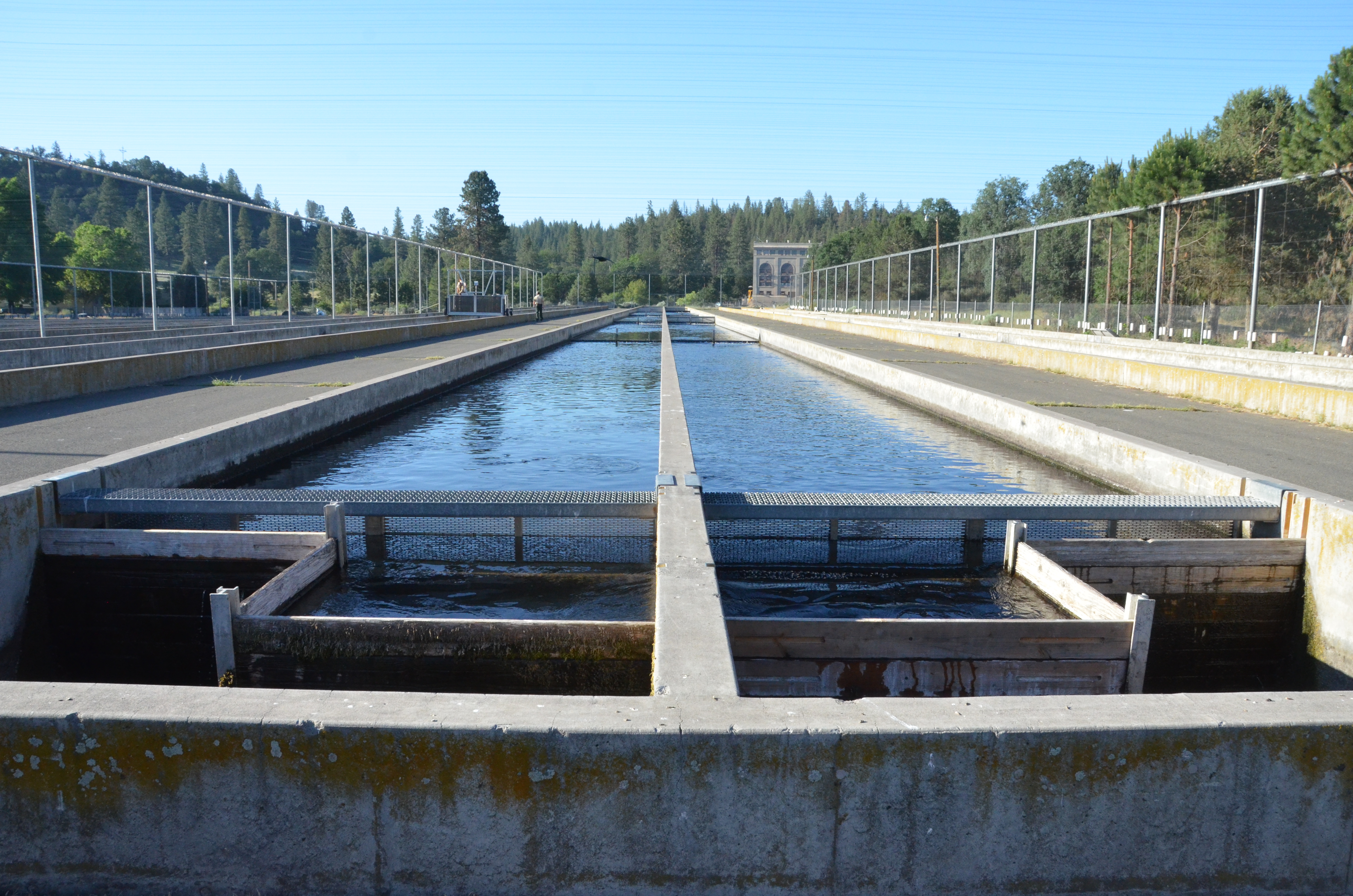Plan To Release Bodega Bay Salmon Quelled

State decides against salmon release in Bodega Bay https://t.co/oYOs4T6WAg pic.twitter.com/8RalnldN6F
— The Press Democrat (@NorthBayNews) May 9, 2017
In February, the California Department of Fish and Wildlife announced plans to release 250,000 hatchery Chinook into Bodega Bay. It sounded like a good news-all around idea. But conservation groups helped cancel the project.
Here’s the Santa Rosa Press-Democrat with more:
The California Department of Fish and Wildlife has pulled the plug on plans to release a quarter-million hatchery-born Chinook salmon into Bodega Bay after several North Bay conservation groups demanded the agency first conduct a full environmental review.
The decision to cancel the project came just weeks before the planned release, providing what commercial and recreational fishing interests hoped would be a boost to fishery stocks when the juvenile smolts matured in three years.
But limited experience with ocean releases, and available data on survival, migration and spawning habits of trucked hatchery fish raised concerns about how they might mix or out-compete endangered fish naturally occurring in the Russian River and Lagunitas Creek once the introduced fish reached spawning age.
The fish were to have been transported directly from the Mokelumne River Hatchery in San Joaquin County to Bodega Bay, bypassing the usual downstream voyage from native freshwater habitat to the ocean.
That plan would have left them subject to straying randomly upstream, a Marin County salmon restoration group wrote to state wildlife officials as part of its insistence on a full and public environmental review.
“We have already documented adult Chinook from Half Moon Bay releases straying into Lagunitas Creek,” said the letter from the Lagunitas Creek Technical Advisory Committee, an independent consortium of about two dozen local, state and federal natural resource and wildlife agencies.
The hatchery fish, the letter said, “could increase the extinction risk of the nearby wild and endangered coho salmon and threatened steelhead,” potentially bringing disease, diluting the genetics of wild fish stocks or out-competing natural fish for food and habitat in both ocean and freshwater areas.



